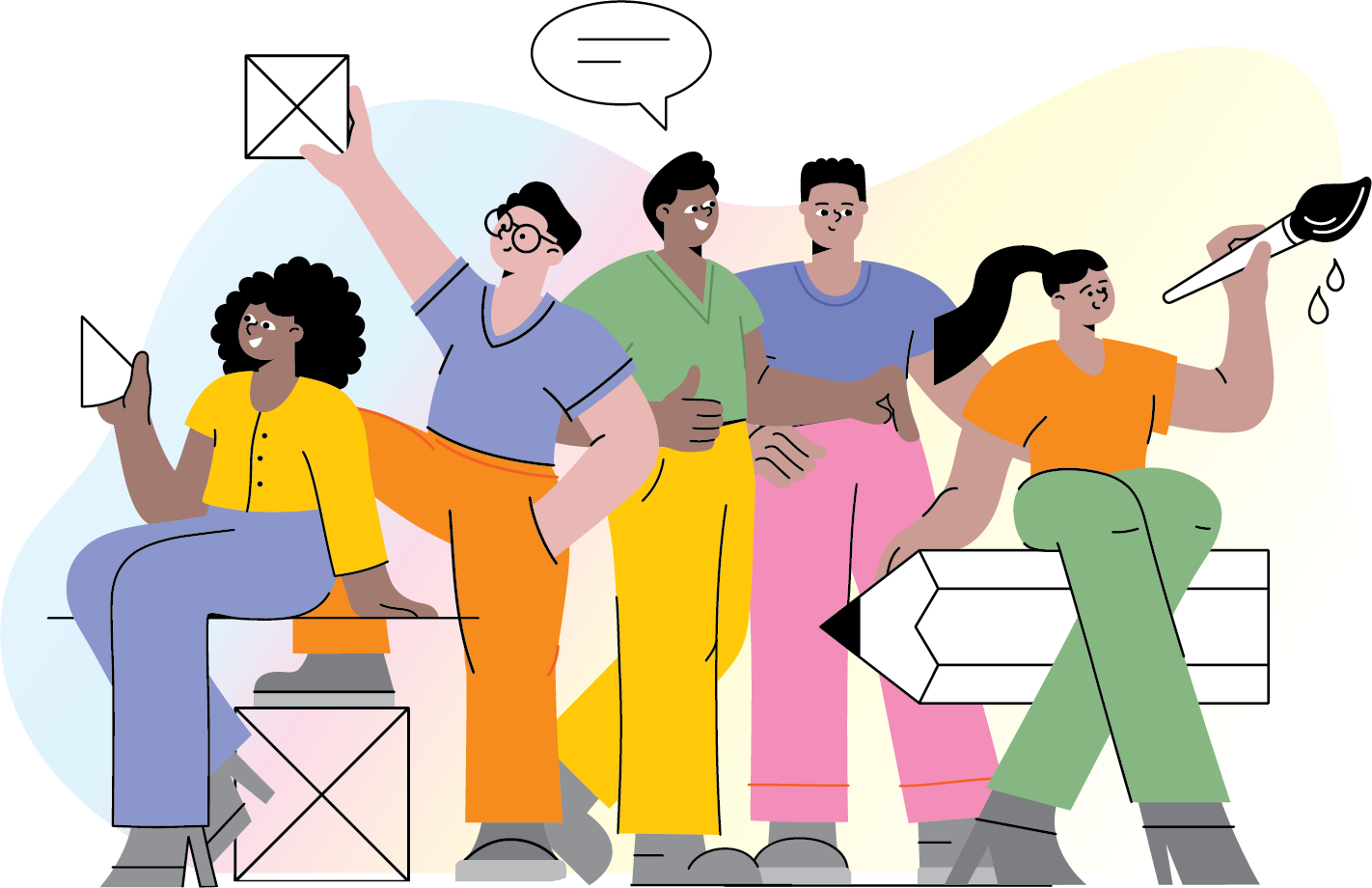Making mistakes with confidence: the key to fluency

If you want to speak Dutch confidently, there's one truth you'll need to make peace with: you can't become fluent without making mistakes.
Every fluent speaker you've ever met (in any language) got there through thousands of small errors. The difference between a confident speaker and a hesitant one isn't perfection, but attitude. The confident learner knows that mistakes are not signs of failure; they're signs of growth.
Why perfection slows you down
Many Dutch learners hesitate to speak because they want to get everything right. They fear being corrected, laughed at, or misunderstood. That fear creates tension, and tension blocks fluency.
When you focus too much on grammar or correctness, you stop thinking in the language. You start analysing, translating, and second-guessing yourself. Your brain becomes busy checking rules instead of communicating.
Fluency is not about accuracy. It's about flow. And flow only comes when you allow yourself to move forward. Even if you stumble along the way.
The hidden value of mistakes
Every time you make a mistake, your brain gets valuable feedback. It learns what doesn't work and adjusts automatically. That's how learning happens: not through memorising, but through experience.
If you say "Ik heb koud" instead of "Ik heb het koud", a Dutch speaker might correct you. In that tiny moment, your brain makes a strong new connection. You'll probably never forget it again, not because you studied it, but because you felt it.
Mistakes make your learning personal. They show you where you're growing.
How Dutch people really react
Here's something many learners don't realise: Dutch people genuinely appreciate it when you try to speak their language. Even if you make mistakes, your effort makes a positive impression.
Most Dutch speakers are used to hearing foreigners mix words or struggle with pronunciation. They don't mind. They admire your effort. In fact, many will slow down, help you find the right word, or switch back to Dutch when they notice you want to practise.
So instead of fearing mistakes, see them as small invitations to connect. They open doors to real communication.
From correction to collaboration
One of the hardest things about learning Dutch is dealing with correction. It can feel uncomfortable when someone interrupts you with the right word or phrasing. But remember: correction is not criticism. It's collaboration.
The other person is helping you express yourself more clearly. Try to take it lightly. You can always respond with a smile and say "Dank je, ik leer nog!" a simple way to show you're open and relaxed about learning.
Over time, you'll notice that people respond with warmth and encouragement when you do this.
Build a fearless mindset
Fluency is a mental game as much as a linguistic one. To make progress, you need to practise not only your vocabulary, but also your courage.
Here are a few ways to build a more confident mindset:
1. Speak early and often.
Don't wait until you "feel ready." You'll never feel 100% ready. Speaking creates readiness.
2. Focus on communication, not correctness.
If people understand you, your Dutch is already doing its job.
3. Laugh at your mistakes.
Humour turns awkward moments into learning moments. If you can laugh, you'll keep going.
4. Keep a "mistake journal."
Write down funny or interesting errors you've made, and what you learned from them. Seeing your progress in writing is powerful.
5. Listen to natural Dutch.
By listening regularly, your brain learns correct structures subconsciously. That's why I often remind people: listening is not passive, it's quiet practice for confident speaking.
What mistakes really mean
Mistakes show that you're using your Dutch actively. They mean you're experimenting, not hiding behind silence. Every word you mispronounce brings you closer to natural speech. Every wrong sentence teaches your brain a new pattern.
In the classroom, I often see the same transformation: a student who dares to speak imperfectly progresses twice as fast as one who waits until everything "feels safe." The brave learner collects experiences; the cautious one collects rules. Only one of them truly moves forward.
The psychology of confidence
Confidence doesn't come from speaking perfectly. It comes from surviving imperfect moments and realising: "That wasn't so bad." Each time you speak Dutch in a real situation, at the bakery, in a meeting, with neighbours, you prove to yourself that you can do it.
Your brain records these successes, even the tiny ones. They slowly replace fear with familiarity. And that's what fluency really is: being comfortable with imperfection.
Your mistakes are your teachers
Next time you say something wrong, pause and smile. Notice how your brain instantly searches for the right version. That's learning in action. You didn't fail, you just learned faster.
Over time, these small corrections, repetitions, and brave moments build your intuition. You'll start to feel what sounds right without thinking about it. That's the invisible work of fluency, and mistakes are what make it possible.
A final thought
Making mistakes with confidence doesn't mean ignoring them. It means welcoming them as part of the journey. Every Dutch sentence you speak, even the messy ones, brings you one step closer to fluency.
So go out, speak up, and don't apologise for learning. The Dutch you're speaking today, imperfect, honest, and full of effort, is already a sign that you're becoming the confident speaker you want to be.
Want to practise speaking Dutch with confidence?
Listen to my podcast Yes, you can speak Dutch! for short, clear episodes with transcripts you can read along with. It's full of short, clear conversations and listening exercises that help you overcome fear, embrace mistakes, and speak naturally. One episode at a time.
